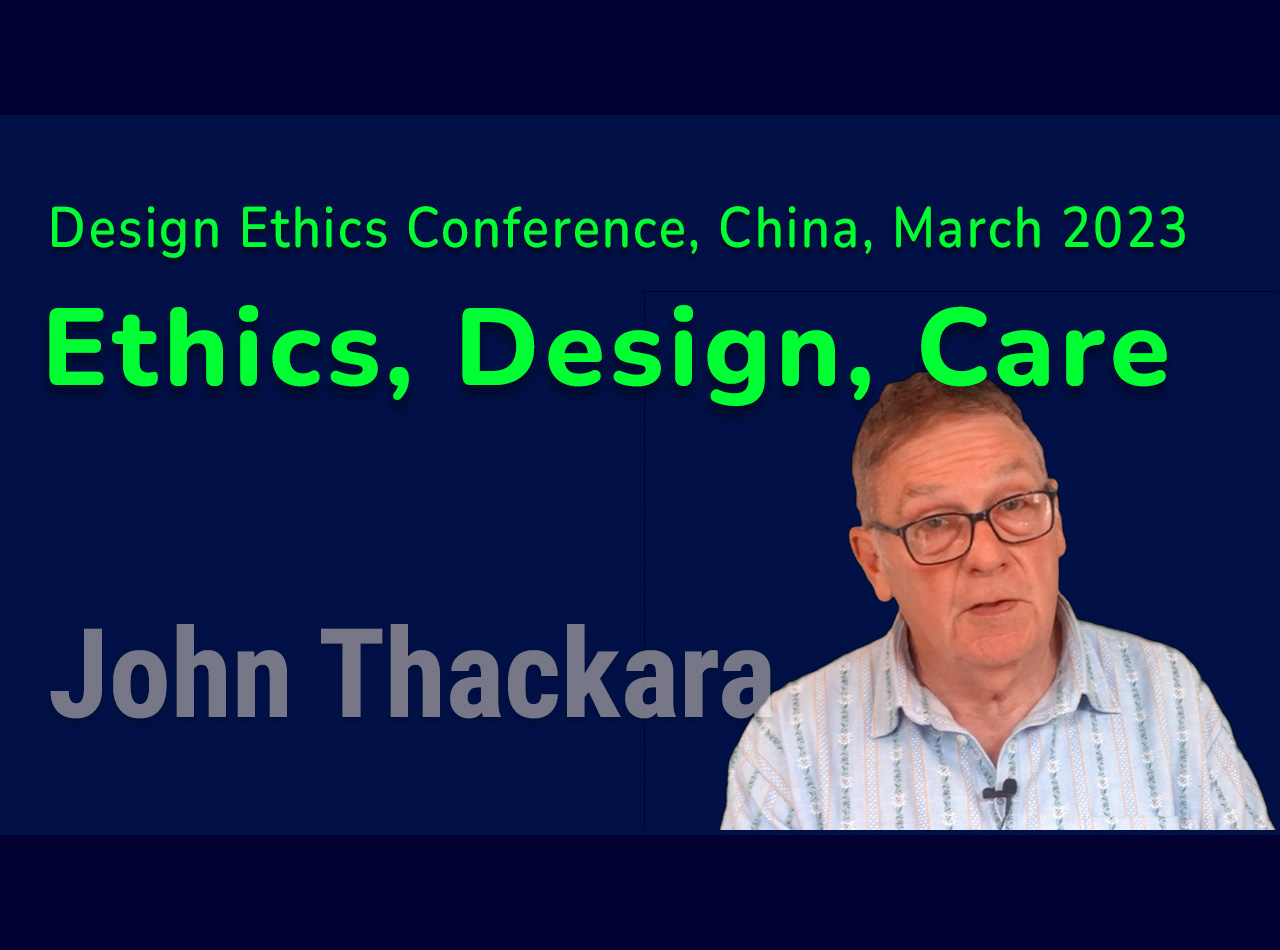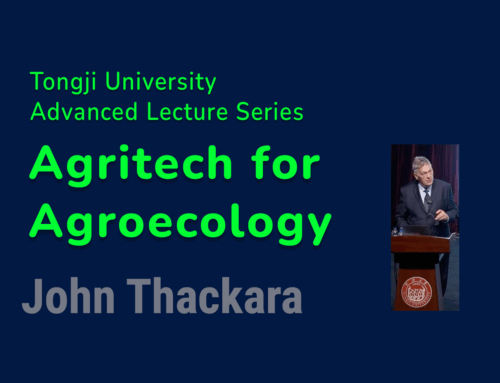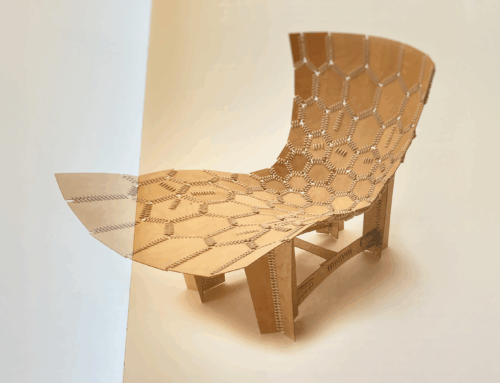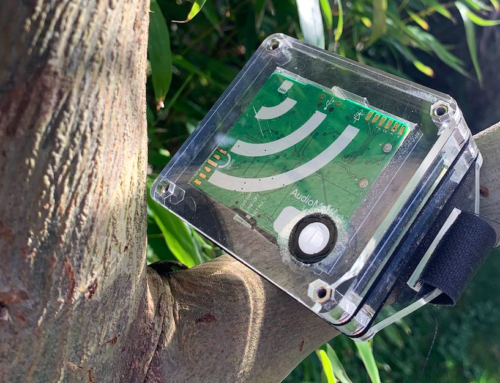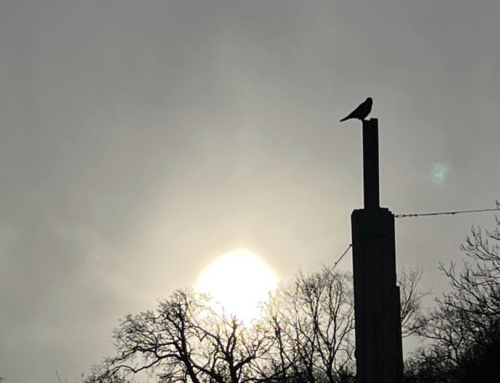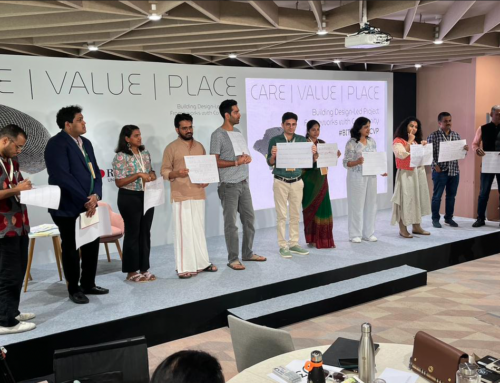This short talk is about an economy with caring for life as its centre, rather than extraction and production. I compare earth care to modern medical care, and suggest that looking is not the same as caring. I ask what design can learn from Care Ethics – and find inspiration in the world of nursing education.
1 CARING
I am billed on your programme today as as an expert in design for sustainability. But I have a confession to make – which some of you may find shocking. I don’t care about climate change. And I don’t care about sustainability.
The reason I don’t care? I can’t care. For me, care is something you do. It is not how you feel, or a state of mind.
We are surrounded by words, promises and green logos – but when it comes to climate, the temperature of the planet?
A single person can’t do anything.
The same goes for sustainability. It’s an abstract word. You can’t do something about an abstract word.
This is why so many people disconnect. Burn out. Or get angry. They feel they can’t make any difference.
What we can do – what we all do do – is care: care for people, care for places, care for life.
Half the hours of work done around the work each day are care work. A lot of this work is done by women, and a lot of it is unpaid. But in terms of hours worked, half the economy involves care work – caring for life work – right now.
But what about the other 50%? The economy whose health is measured in terms of production – GDP?
The GDP economy is fundamentally an economy of extraction – and the ecological costs of extraction are devastating the planet.
A perpetual growth production economy cannot be reconciled with the the biophysical limits of a living planet.
That’s why the ongoing search for new forms of production – whether ‘clean’, ‘green’ or ‘circular’ production– is not taking us in the right direction.
A circular economy, for example, is about making production more efficient – but its underlying objective remains unchanged: produce, produce, produce.
My talk today is about an emerging economy whose fundamental purpose is different: care for life, and care for place.
There is an ethical dimension to this economy – so what I’ll describe is applied ethics.
I’ll explain what we need to design, and how, in this care-for-life economy.
I will do this in three parts: Caring. Learning. Being
Caring
Caring for life as the centre of the economy. rather than production, is not a new idea.
2,400 years ago Hippocrates, father of modern medicine, said that “the health of individuals and communities depends on the health of airs, waters, places.”
Even earlier than Hippocrates, the Taoist ritual of renewal, still performed by Taoist priests today, affirms a belief that the affluence of a society can be judged by the number of different species that live there.
“If all things in the universe grow well, then a society is a community of affluence. If not, this kingdom is on the decline”
Fast-forward to the present day, and another philosopher, the late Bruno Latour, confirmed this long established wisdom.
“This idea of framing everything in terms of the economy is a new thing in human history. What we need is not only to modify the system of production – but to get out of it altogether”.
Throughout history we’ve known, deep down, that production is not the purpose of life.
But because of a cultural disconnection in modern life – between the living world, and the economic one – we either don’t think about rivers, soils, and biodiversity at all – or we treat them as natural ‘resources’ whose only purpose is to feed ‘the economy’.
Could care, rather than production, be a new basis for development?
There are positive signals all around us that wellbeing of people, and of nature, are being seen, once again, as a single story.
The new paradigm is development that helps all of life thrive – not just human life.
This kind of development fosters beneficial relations between natural ecosystems, and thereby helps them endure.
This shift is the basis of a new way to measure and create value.
Caring for life happens in places. When we relate to our places as lifeworlds, it’s easier to stop treating the oceans, fields and forests as ‘resources’.
This power of connection between people and place is key.
For the architect Pamela Mang, “place is a doorway into caring. Place can unite people across diverse ideological spectra. Because place is what we all share, it is the commons that allows people to call themselves a community”.
Earth Observation
We have certainly started looking at places with new eyes. And thanks to technology, we are looking at multiple scales.
Planet Labs, or example, have deployed a swarm of Earth-observing satellites. These monitor every forest, every tree, and every city block, on Earth, on a daily basis.
This real-time ecological dashboard, say Planet, is a game-changer when it comes to planetary care
Then there’s eDNA metabarcoding.It helps ecologists determine what insects, pollinators, and bacteria oscopic scale, used to live there, and so what should be planted there, next.
This technology takes earth repair to a new level – in this case, a microscopic scale.
It also takes us back in time, which is an impressive feat of innovation in itself.
Satellites, eDNA and other sensors have triggered a boom in ‘nature metrics’.
Researchers at Exeter University’s Global Systems Institute are training AI systems to classify data from sensors on the ground, in the sky, or in space. They claim this affords better understanding of complex climate systems.
The Crowther Lab, in Switzerland, is developing what it calls a SEED Index that will “quantify genetic, species and ecosystem biocomplexity across scales”.
If it works, the index would be game changing as a financial mechanism to incentivize nature positive outcomes.
In Estonia, a start-up called Single.Earth uses Earth observation data, geospatial engineering, and machine learning to construct a ‘digital twin’ of the planet. Its designers say it will transform how we care for the planet.
The constant monitoring of ecosystem health, say Single.Earth, will accelerate the growth of new nature finance markets.
Add all these experiments together, and the tools and connectivity are within our grasp, today, to monitor every patch the vital signs of of the planet in real time.
We could feed in data – from satellites in space, to microbial communities surveyed by eDNA. We’d get a wondrous insight into the health of planet – place by place, patch by patch.
But there’s a problem with the metaphor of a ‘global dashboard’.
A new dashboard is not the same as a new system.
Looking is not the same as caring.But can one care, really, for a simulacrum?
All those promises to plant billions of trees? A Yale study found that 45% of these trees, planted “efficiently”, will be monocultural plantations – managed as cash crops and devoid of biodiversity.
Health Care
Today’s boom in earth observation recalls the way health care for humans has evolved in recent times. The so-called Medical Industrial Complex, has become a multi-trillion dollar industry. The famous visualization is a map of Obamacare in the United States is a case in point. It’s an incredible research, production and business eco system – but it’s not a care system.
In Kobe, in Japan, is one of dozens of “biomedical clusters’ that have spring up around the world.
All this is great news for the research industry, and for the real estate industry. But there’s a small catch. Spending trillions on healthcare like this does not appear to buy better health—or at least, not a longer life. The world’s biggest spenders on health care by far – North Americans – die far earlier than Cubans who spend 5% of US levels per person on health care.
Meanwhile, healthcare has grown into an important segment of the design economy worldwide.
Designers have created a whole new discipline – systems oriented design – to deal with hyper complexity In health care and other complex systems. In this visualization, Professor Peter Jones maps a cancer patient’s journey through the cancer care system. As a practice, this kind of design involves rigorous research, and involves multiple disciplines.
The medical gaze
Modern medical care is a spectacular combination of high-tech, and human skill. It can achieve amazing results, of course.
But biomedicine operates on a narrow bandwidth. A patient in today’s medical system is unlikely to feel part of a lifeworld. Instead, she will feel the steely attention of what Michel Foucault named the “medical gaze” – a focus on physical signs and symptoms that can be measured, analysed, and treated.
The medical gaze does not see patients as whole persons. It is not much concerned about the contexts, outside the system, in which they got sick.
This is why I propose a language hack.Let’s call the world’s small farmers, parents, and cooks, who give us good food, and steward the land, ”health care professionals”. And let’s call those in the medical world who don’t even mention industrial junk food, but treat its consequences, “sickness professionals”.
2 LEARNING
The Spanish theologian Raimon Pannikar said it best: The destruction will stop, and a just transition will happen, when we see nature differently, relate to nature differently, and understand the purpose of development differently. Pannikar’s words ring true – but they raise another question: under what circumstances would we see nature differently, and care for nature differently?
Ethics of Care
Well, away away from those high-tech bioclusters – a movement known as “ the ethics of care” has reasserted the fundamental importance of relationships and dependencies in human life. The central tenets of care ethics are mutual respect, engagement, embodied knowledge, environment and uncertainty. The most quality of care ethics is mutual respect, followed closely by engagement. >
In the world of nursing care, and nursing education – a fascinating movement is growing that takes a lifeworlds view of health.
Caring, in this movement, is more than looking. Caring goes beyond to-do lists, and tasks. Whether supporting patients in a healthcare context, or student nurses on their learning journeys, the emphasis is on learning that is inter-relational, emotional and embodied.
Social infrastructure is needed to support this kinds of care.The physical places, and organizations, that both shape our interactions, are all design opportunities.
Embodied Relational Understanding
One origin of this lifeworlds an approach to health care date back to the philosopher Edmund Husserl. 100 years ago, Husserl – a mathematician – was concerned concern that we were forgetting, in an age of science and innovation, that being human is experience the world through our bodies. Husserl advocated for ‘embodied relational understanding’ .
Translated into nursing care, today, this means giving priority to face-to face connection between carer and patient. It means care in real time. It means valuing interdependence, relatedness.
Could the ethics of care as applied to humans work for care for all-of-life? Could we practice care as if the health of a place, and of the persons who inhabit it, are a single story?
Dr Didi Pershouse certainly thinks so. She grew up in a family of high-tech medical pioneers. Family members worked in radiation, and brain surgery. Seeing first-hand that biomedical approaches could also be harmful, Pershouse set out on a pioneering path of her own: she developed a practice and theoretical framework for systems-based ecological medicine—restoring health to people as well as the social and ecological systems around them.
This approach requires ecological literacy, and a whole-systems understanding of the world. (See: The Ecology of Care: Medicine, Agriculture, Money, and the Quiet Power of Human and Microbial Communities 2015)
An ecological approach to health also recognizes the inextricable links between humans and their biophysical, social, and economic environments.
In systems thinking over millennia, the boundary between an organism and its environment has been known to be porous. In Buddhist thought, and among often indigenous approaches to life, the organism and the environment are not separately determined. For followers of Gaia Theory, more recently, there is no such thing as an independent organism. Modern science did not discover this reality, but has confirmed it.
An ecological approach to health is evident among thousands of groups around the world. Professionals and amateurs alike are involved in watershed restoration projects, tree planting, and other projects to improve their environment – the lifeworlds in which they live. Millions of people around the world do this kind of work as volunteers. They care in practice.
Large scale volunteering is only one dimension of the lifeworlds-based care ecosystem. A huge informal care economy already exists. So-called ‘non-market’ care work includes the essential activity people have always undertaken to raise and educate their families, take care of their land, and support each other in times of difficulty. Billions of people with low cash incomes meet daily life needs outside the money economy through traditional networks of reciprocity and gifts. They survive, and often prosper, within social systems based on kinship, sharing, and myriad ways to share resources.
We are learning – from these worlds outside the biomedical system – that health and wellbeing are not something you ‘deliver’, like a pizza. For ecosystems, as for human bodies. health and wellbeing are properties of a social and ecological context in which soil, plant, animal, and man are interconnected in diverse communities and situations. That context needs to be cared for and, if necessary, repaired.
Network Care Revolution
Building on these fragmented but widespread developments, a Network Care Revolution is growing in Germany, Austria and Switzerland. An ‘Economy is Care’ association connects more than 80 groups and individuals. Ina Praetorius, its founder, points out that women spend on average three times as many hours as men on unpaid care and domestic work. By identifying “care” as an essential category of value-creation, she suggests, the idea of “care” can be used to frame the entire economy.
3 BEING
Designing for life is about being, as well as acting. It means leaving behind the false belief that the world exist “out there,” separate from us.
This belief is is deeply rooted in modern life – but not irrevocably. Awareness of interconnection can be recovered. For the theologian Jennifer Ayres, we need to cultivate the capacity for inhabitance – “seeking to know and love and particular place in some detail and honouring its ecological rhythms, limits, and possibilities”.
Like many of you, I’m sure, I’ve spent many hours walking through forests – but not thinking too much about what was happening beneath my feet. Now, thanks to new information from modern science, my relationship to the forest – my inhabitance – has been transformed .
In this animation, Julien Liber worked out how to track fungal hyphae moving just below the forest floor in search of nutrients. The green boxes are annotation added by Liber “object detection algorithms” similar to this used in self driving cars
That experience, and others, helped me stop thinking of soils as an inert source, and develop a sense of shared aliveness, of earthy connectedness. Walking in that forest today, I feel myself to be member of a more than human community.
Whether in a forest, a field – or in a city – changing how we encounter others -human and non-human – and how we live together in actual relationship, is crucial.
Connecting with nature is as much about attention, as it is about action.
For Dr Maya Hay, a micriobiome researcher in Canada, the best way to start this journey is by paying close attention to natural processes. Connecting with nature is as much about attention, as it is about action. She has named this practice attunement.
Based on her time at the Terada Honke natural sake brewery in Japan, Dr Hay concluded: “If fermentation has taught me anything, it’s that microbial time has its own pacing. The trick is to listen for it. Rather than expect that pacing to abide by my schedule, I’ve learned to create an environment for non-human others to do their work at whatever tempo they prefer, whatever pace they want to sustain.”
In her research, Dr Hay explores working across difference with humans and microbes. Workers in the craft brewery use practices like call-and-response, and work song, to coordinate fermentation processes among human and microbial participants.
Authentic care involves a way of being. A capacity to be caring is reinforced by attunement to these existential ways of understanding.
CONCLUSION | TAKEAWAYS
What could caring for all of life – and not just human life – mean for design?
A key design quality is caring attention. Sometimes ecosystems need repair, at other times they need to he left alone.
Another challenge for design: Care is not linear, but cyclical. It’s not a project with a deadline. You don’t ‘sign off’ on care. Care is never finished.
I said at the start that Designing for Life happens, for the most part, in places. It is not a state of mind. It is not a box to be ticked, nor an expert to consult.
On the contrary. Designing for life is an ongoing practice. This practice involves caring, learning, and being.
The essence of ecological design care is to see the pattern of life as a connected whole – from biome, to bioregion.
The power of connection between people and place is a key ingredient. Within this overall ecosystem, diverse economies coexist – but nature and humans are not separate in these activities. An interweaving of matter, perception and experience is a fundamental dimension of existence. (continue below images)
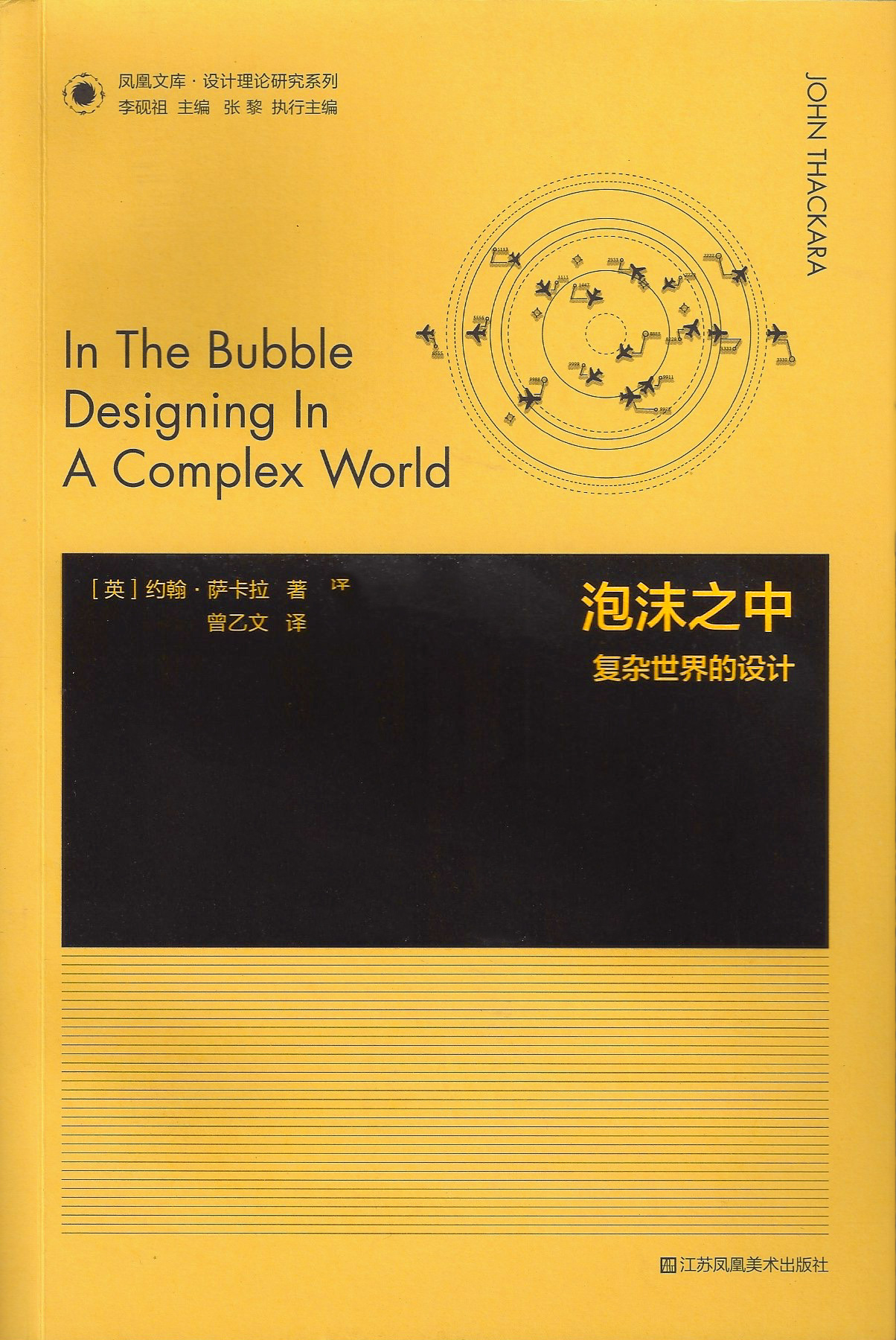
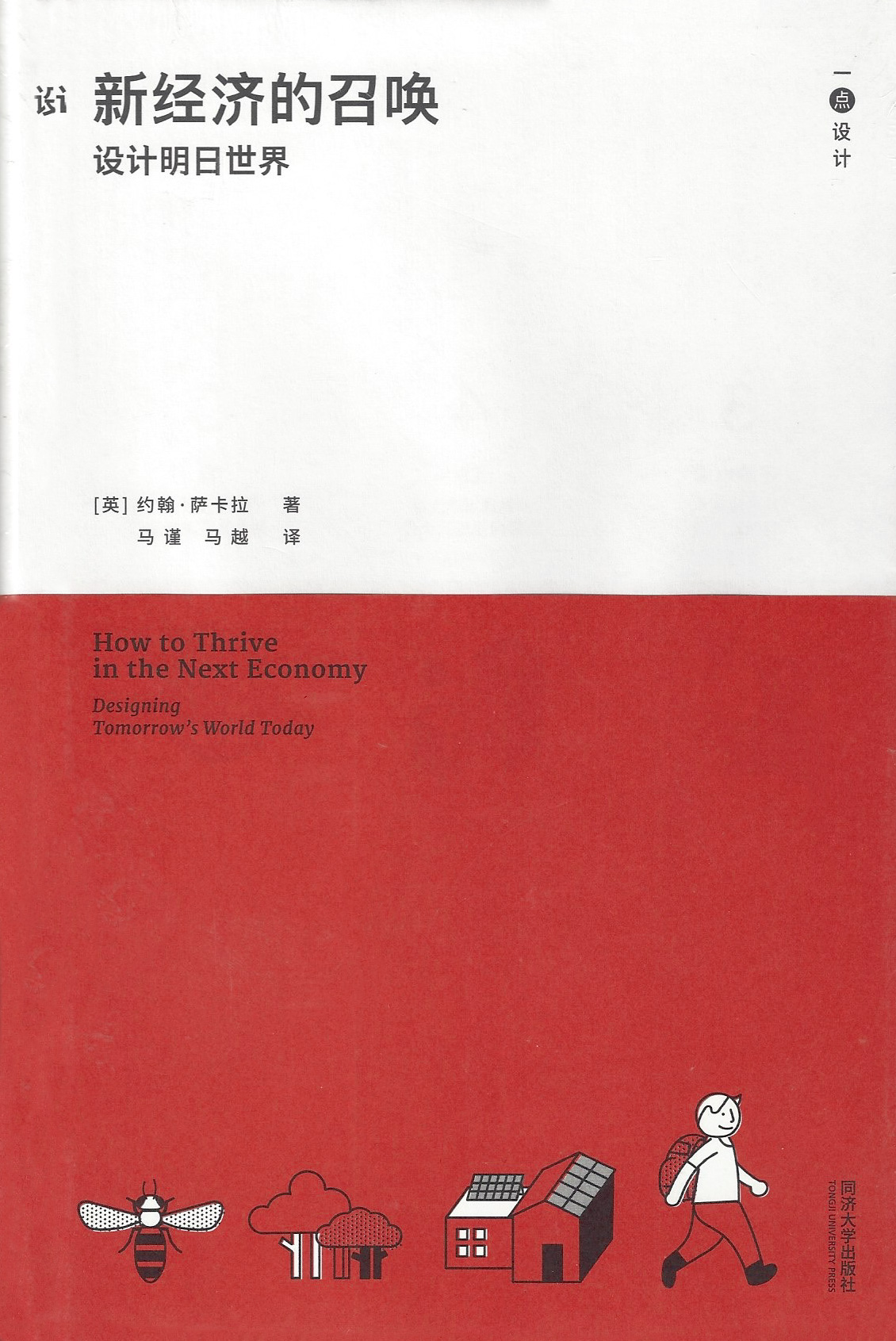
Our attention to the real world may have been distracted, but it is not irreversible. My last two books are about how design, art, and science, today, foster new ways of knowing and being in the world.
The examples I write about involve literally “vital” design activities that enable encounter and community. These activities are embodied, and situated. They involve new modes of thinking, perceiving, and being that align our thinking selves and our embodied selves.
Design, in particular, can enable new relationships with the many other beings of our world.
Connecting with nature is a journey, not an action. When Copernicus proved that the earth revolves around the sun, rather than vice versa, it took a further 100 years of argument before the news really sunk in.
The essence of ecological thinking is to see the pattern of life as a connected whole. This kind awareness can be recovered. It can be cultivated – but it will take time. On such a fundamental issue as our place within nature, learning to think and feel our way into an ecological world view is a lifelong journey.
I owe the last word to the philosopher Andreas Weber, to whom I am grateful for the title of this talk: “If we design well we design for shared aliveness” (See: Enlivenment Toward a Poetics for the Anthropocene, Andreas Weber, 2019 https://mitpress.mit.edu/9780262536660/
Thank you!
This text is based on my keynote talk at the Second Design Ethics Conference, Institute of Design Ethics, Guangdong University China 04 March 2023. My title at the event was “Designing for Shared Aliveness: Caring, Learning, Being”. The conference was curated by Professor Zhang Li, Director of the Design Ethics Research Institute, Guangdong University of Technology.
+ Footnotes
